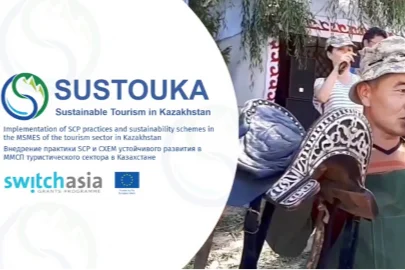Kazakhstan energy profile Report extract- Sustainable development

The total installed capacity of small hydroelectric power in Kazakhstan is 224.6 MW, generating 1,105.3 million kWh of electricity.
Solar Energy:
According to KOREM’s report, electricity generation from solar power plants (SPPs) reached 137.9 million kWh, a 53.6% increase from the previous 89.9 million kWh. The solar generation capacity is provided by several plants:
- Kapshagay SPP (2 MW) in the Almaty Region
- Burnoye Solar-1 and Otar in the Zhambyl Region
- SKZ-U LLP SPP in the Kyzylorda Region
- Ochistnoy and Akbay SPPs of Aksu-Energo LLP in the South Kazakhstan Region
Wind Energy:
Kazakhstan’s climatic conditions are favorable for wind power generation, with 50% of the country having average wind speeds of 4 meters per second (m/sec) at a height of 30 meters. Wind power plants generated 400.5 million kWh, an 18.3% increase. The largest wind power plants are:
- Yereimentau-1 (45 MW) in the Akmola Region
- Korday (19.6 MW) in the Zhambyl Region Additionally, small wind power plants (3.5 MW and 2 MW) began operating in the North Kazakhstan Region.
Geothermal Energy:
Kazakhstan possesses significant mid- and low-temperature thermal water resources. Total thermal water resources are estimated at 520 megawatts thermal (MWth) (free-flow operation) or 4,300 MWth (pumped). Proven resources from the Cretaceous formations in southern and southwestern Kazakhstan (Panfilov field) for electricity production are 12 MWth. The main thermal water areas are near Shymkent, Almaty, Kyzylorda, and on the Caspian Sea coast.
Biomass Energy:
Only 4% of Kazakhstan’s territory (over 10 million hectares) is covered by forests, with 4.7 million hectares covered with saxaul (Haloxylon). The energy potential of timber waste is over 200 kilotonnes of oil equivalent (ktoe), animal waste is 52 ktoe, and electricity generation potential from agricultural residue is estimated at 87 gigawatt hours (GWh) per year. The Biokhim wheat-based ethanol plant in northern Kazakhstan was planned to be brought back into operation in 2020.
There is potential for biomass development in large farms and agricultural enterprises with animal husbandry or crop cultivation. Main waste residues include manure, crop residues, and slaughtering residues. Estimated volumes of available waste residues in Kazakhstan are:
- 1.5 million tonnes of manure (dry)
- 0.1 million tonnes of slaughtering residues (wet)
- 5.1 million tonnes of crop residues (dry)
In urban areas, municipal solid waste separation could produce biological waste for energy use, with 5.4 million tonnes of waste available, of which 2.0 million tonnes (37%) is bio waste.
 Albania
Albania Algeria
Algeria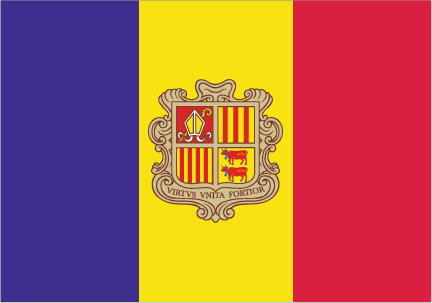 Andorra
Andorra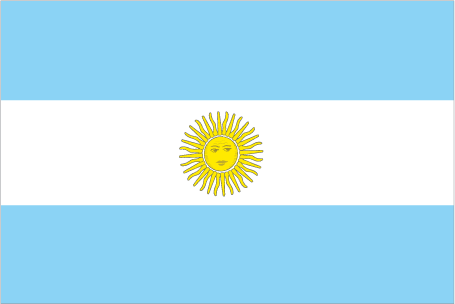 Argentina
Argentina Armenia
Armenia Australia
Australia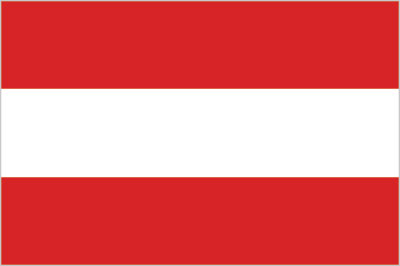 Austria
Austria Azerbaijan
Azerbaijan Bahrain
Bahrain Belgium
Belgium Bolivia
Bolivia Brazil
Brazil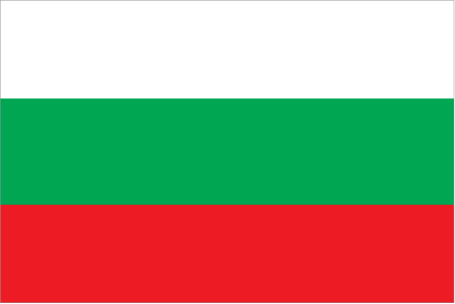 Bulgaria
Bulgaria Cambodia
Cambodia Cameroon
Cameroon Canada
Canada Chad
Chad Chile
Chile China
China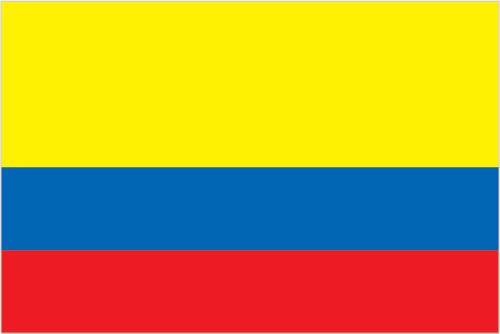 Colombia
Colombia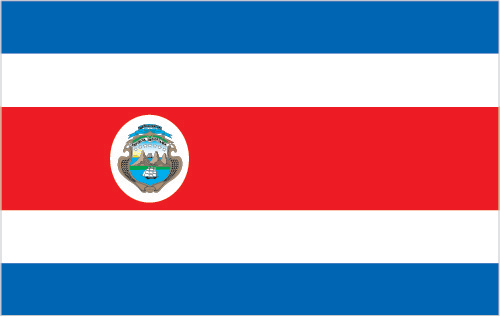 Costa Rica
Costa Rica Croatia
Croatia Cyprus
Cyprus Czechia
Czechia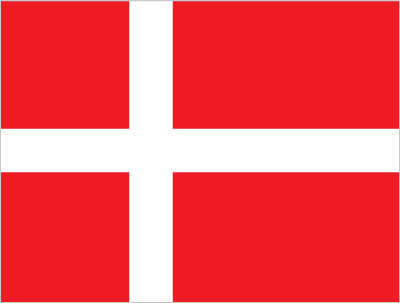 Denmark
Denmark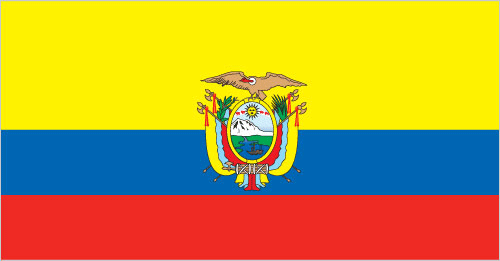 Ecuador
Ecuador Egypt
Egypt Finland
Finland France
France Georgia
Georgia Germany
Germany Ghana
Ghana Greece
Greece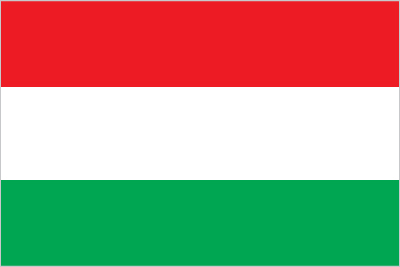 Hungary
Hungary Iceland
Iceland India
India Indonesia
Indonesia Ireland
Ireland Italy
Italy Jamaica
Jamaica Japan
Japan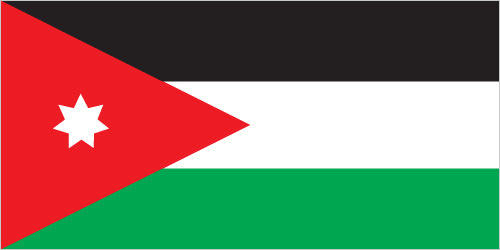 Jordan
Jordan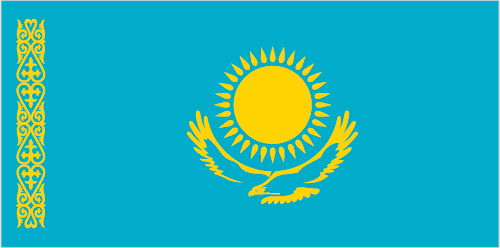 Kazakhstan
Kazakhstan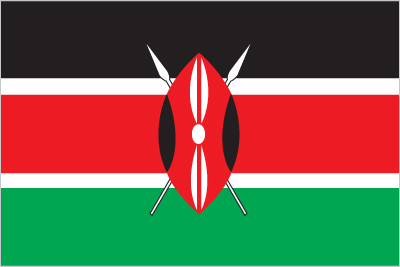 Kenya
Kenya Kuwait
Kuwait Latvia
Latvia Lebanon
Lebanon Libya
Libya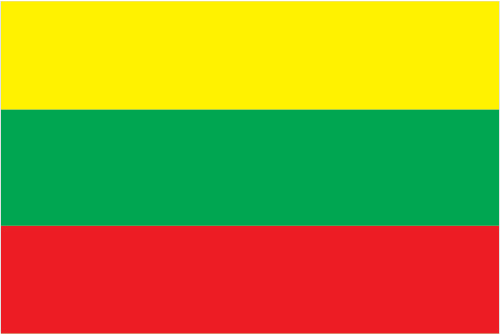 Lithuania
Lithuania Luxembourg
Luxembourg Malaysia
Malaysia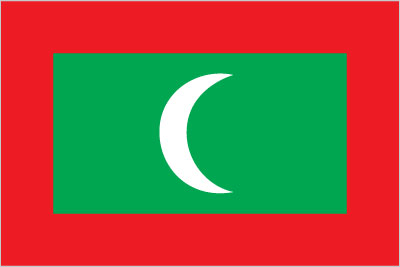 Maldives
Maldives Mali
Mali Malta
Malta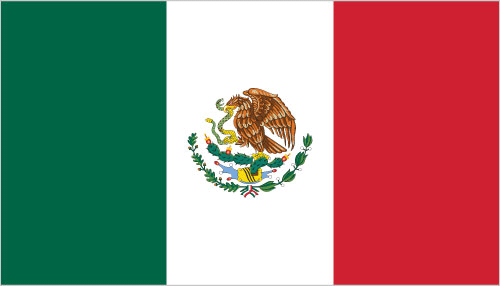 Mexico
Mexico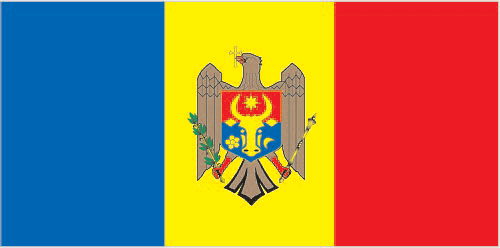 Moldova
Moldova Monaco
Monaco Morocco
Morocco Netherlands
Netherlands New Zealand
New Zealand Nigeria
Nigeria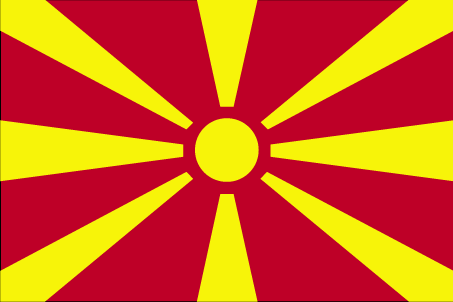 North Macedonia
North Macedonia Norway
Norway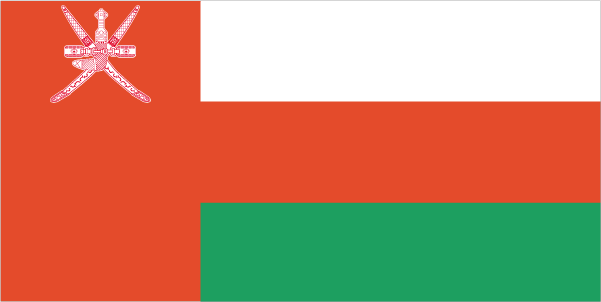 Oman
Oman



